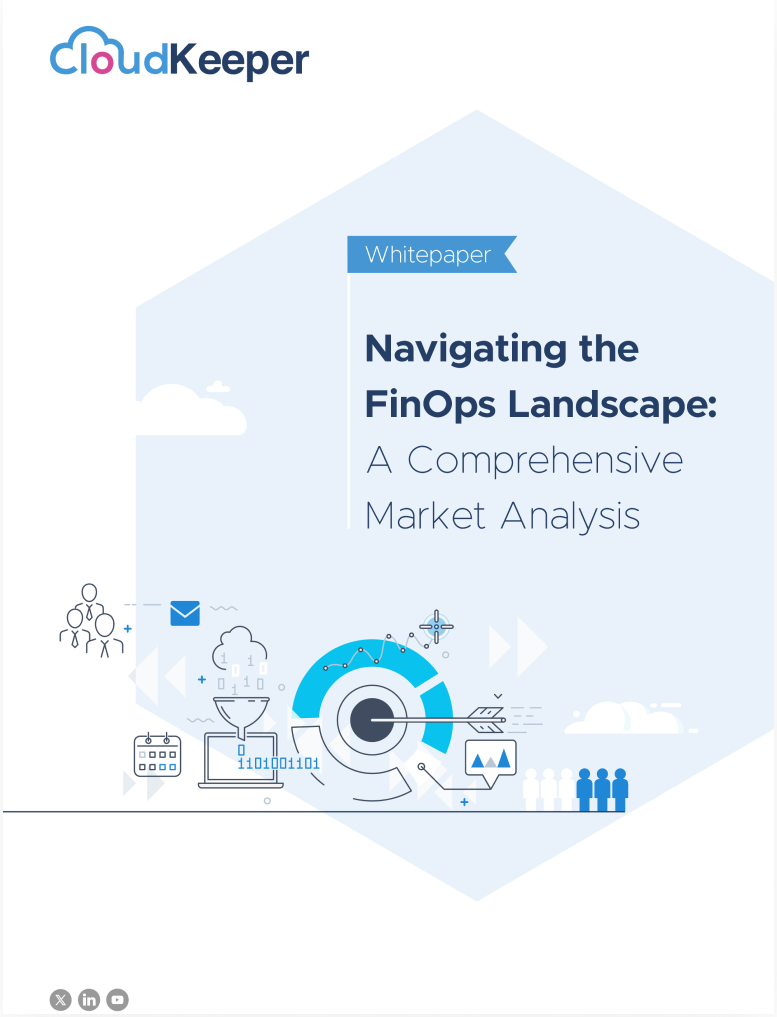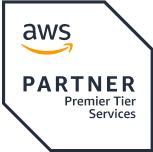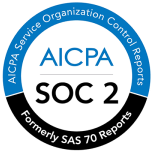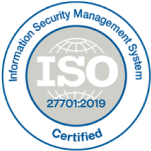When making the shift to Docker orchestration as part of your cloud cost optimization strategy, it's important to be aware of common missteps that can arise. By recognizing and understanding these potential pitfalls, you can take proactive measures to steer clear of them and ensure a successful cloud migration that aligns with your cost optimization goals.
Here are some of these mistakes that organizations should be aware of and aim to avoid.
Over-Provisioning Resources:
- One of the key benefits of container orchestration is efficient resource utilization. However, over-provisioning resources (CPU, memory, etc.) for containers can lead to higher costs.
- Always monitor resource utilization and adjust container resource requests and limits accordingly, using cloud cost management tools, to avoid wastage.
Lack of Auto-Scaling Policies:
- Failing to set up proper auto-scaling policies in your cloud optimization strategy can lead to underutilization of resources during low-demand periods and resource shortages during high-demand periods.
- Implement auto-scaling based on defined metrics to ensure optimal resource allocation and cost efficiency.
Using Persistent Volumes Inefficiently:
- Utilizing persistent volumes excessively or not reclaiming unused volumes can lead to unnecessary storage costs.
- Implement proper data lifecycle management and delete unused volumes.
Not Monitoring Costs:
- Failing to monitor and analyze the costs of container orchestration can result in cost overruns.
- Implement cloud cost management tools to track spending and identify areas for optimization.
Ignoring Container Images:
- Large container images with unnecessary dependencies can increase storage costs.
- Optimize container images by removing unnecessary components and using multi-stage builds to reduce image sizes.
Complex Network Architectures:
- Overly complex network configurations can lead to difficulties in troubleshooting and inefficiencies.
- Keep network configurations simple and well-organized to avoid unnecessary resource consumption.
Overuse of Persistent Storage:
- Relying too heavily on persistent storage for stateless services can lead to increased storage costs.
- The use of ephemeral storage or in-memory caching is one of the lesser-known docker best practices to reduce storage costs.
Not Leveraging Spot Instances or Preemptible VMs:
- Some orchestration platforms allow the use of lower-cost spot instances or preemptible VMs.
- Spot instances are one of the most used features for AWS cost optimization. Consider using these instances for non-critical workloads that can tolerate interruptions.

Poorly Designed Application Architecture:
- Migrating to container orchestration without optimizing the application architecture can lead to inefficiencies.
- Design applications with microservices principles in mind to take full advantage of containerization benefits and streamline resource scaling.
Ignoring Inactive Containers:
- Leaving inactive containers running can accumulate costs.
- Implement container lifecycle policies in your cloud optimization strategy to automatically remove or scale down containers that are no longer needed.
Lack of Tagging and Resource Labeling:
- Without proper tagging and labeling of resources, it becomes challenging to track and allocate costs accurately.
- The use of consistent tagging practices is an important phase in cloud cost optimization, to identify resources and their owners.
Conclusion:
The process of migrating to Docker orchestration for the purpose of cloud optimization demands a vigilant approach. Recognizing the common mistakes that can occur during this transition is the first step towards sidestepping some of the potential pitfalls. By incorporating this awareness into your strategy, you can navigate the path with confidence, ensuring a successful cloud migration that not only optimizes costs but also fosters operational efficiency and sustainability.
With certified cloud experts, resource-level cost insights, and guaranteed cost savings right from the start, CloudKeeper helps accelerate your cloud cost optimization efforts with a one-stop solution for all your cloud goals.
Witness how we could transform your cloud strategy, with a completely free demo!









